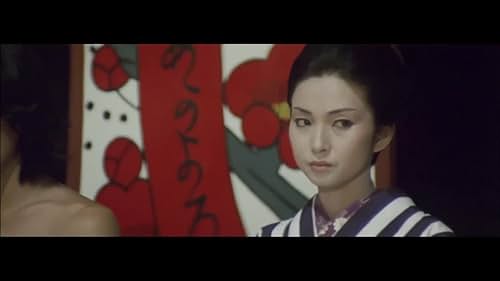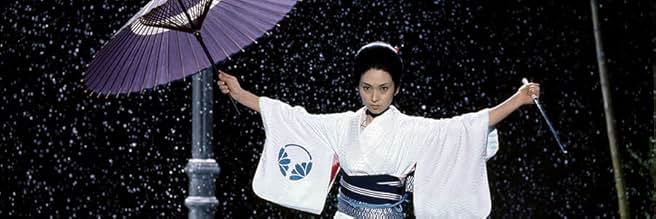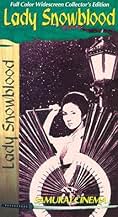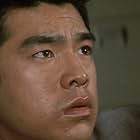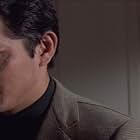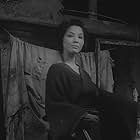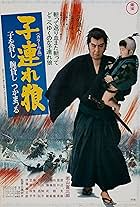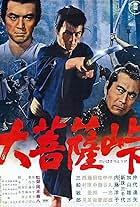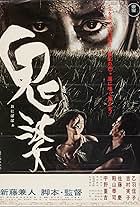A young woman is trained from birth to be a deadly instrument of revenge against the swindlers who destroyed her family.A young woman is trained from birth to be a deadly instrument of revenge against the swindlers who destroyed her family.A young woman is trained from birth to be a deadly instrument of revenge against the swindlers who destroyed her family.
- Director
- Writers
- All cast & crew
- Production, box office & more at IMDbPro
Storyline
Did you know
- TriviaLead actress Meiko Kaji also is an accomplished singer, and she performs the song "Shura no Hana" heard in the film. When Quentin Tarantino used the song in his "Kill Bill" films, it sparked renewed interest in her music that inspired her to record and release new songs for the first time in nearly 30 years.
- GoofsThis film is set in the late 19th Century, however, during the masquerade party there are various modern day flags on display including but not limited to: Pakistan (created in 1947), Australia (created in 1901), and the 50-star flag of the United States (introduced in 1960).
- Quotes
Narrator: People say you can't wash away the mud of this world with pure white snow. You need asura snow - stained fiery red.
- ConnectionsFeatured in A Beautiful Demon: Kazuo Koike on Lady Snowblood (2016)
- SoundtracksShura no Hana
(Flower of Carnage)
Written by Kazuo Koike, Masaaki Hirao & Kôji Ryûzaki
Sung by Meiko Kaji
Featured review
Unfortunately this film's only getting the attention that it deserves because of Tarantino's "Kill Bill." Fortunately, this film is getting the attention it deserves because of Tarantino's "Kill Bill." This is the double-edged sword of sample-based art. Is it theft, or an homage? Does it help, or hurt the classics? While Tarantino did lift a number of images, a few characters, countless plot devices, and one memorable song from this film; it is impossible to lift the experience that each film offers. Besides, would this film be crawling from the dark, fuzzy depths of the bootleg video without its newfound attention? From the opening scene in the all female prison, we are grabbed from our worlds and thrust into the dynamic Japan at the end of the nineteenth century. Ultimately Toshiya Fugita's 1973 film is about the victims of profound social change, and how sometimes the only way to erase victim-hood is to pass it on to those that have done you wrong. Yeah, "The Bride" goes through quite a bit for her revenge, but Meiko Kaji's character is literally born from death, with the express purpose of carrying out revenge for a family she's never met. While it's hardly addressed openly in the film, Kaji brings a subtle uncertainty to her character's motivations and actions. This depth not only grants humanity to the character, but by making her more believable, Fujita and Kaji raise the stakes. If she can fail, will she? Will she decide her parents revenge is not her own? Or will she embrace her destiny and proposed purpose? Don't get too worked up over how much and what "Kill Bill" sampled from "Shura-yuki-hime." Instead, remember that the samurai (chambara) genre is like any genre; without sampling it wouldn't exist as a genre. Fugita's samples: "Chushingura" Kuniyoshi's ukiyo-e (woodblock prints), "Sword of Doom," every film by Hideo Gosha...
- How long is Lady Snowblood?Powered by Alexa
Details
Contribute to this page
Suggest an edit or add missing content


